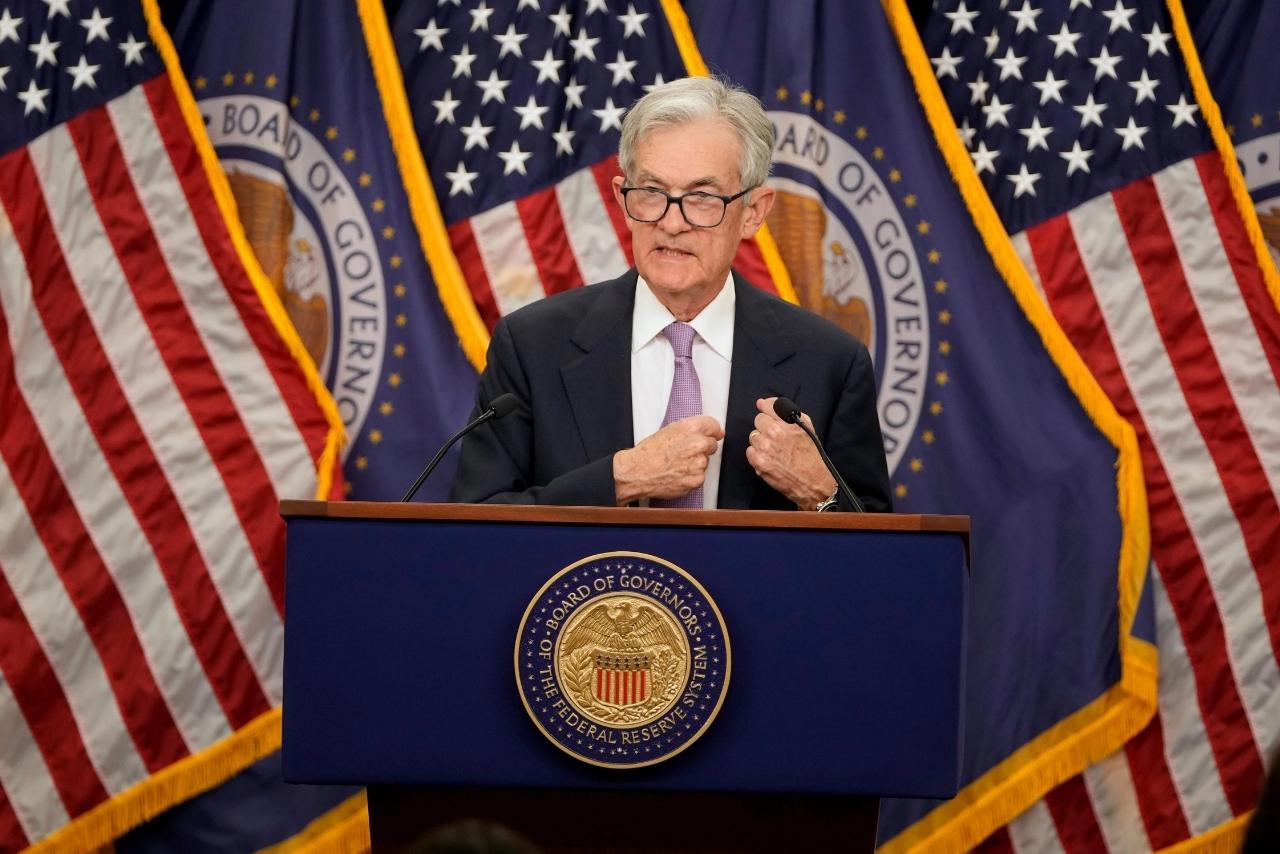The recent quarter-point interest rate cut by the Federal Reserve signals a new phase of monetary easing aimed at bolstering the U.S. economy amid visible signs of deceleration in growth. This latest adjustment, which brings the benchmark lending rate to a range of 4.00% to 4.25%, is the first reduction in nine months, reflecting a shift in the Fed’s focus towards job preservation while managing inflation concerns.
### Understanding the Rate Cut
The rationale behind the Federal Reserve’s decision to lower interest rates stems from a combination of factors indicating an ailing labor market. Recent economic indicators hint at diminishing job gains and a slight rise in unemployment, leading to heightened concerns about employment stability. Fed Chair Jerome Powell underscored that the risks to job security now surpass the risks posed by inflation, necessitating a preemptive response to ensure sustained economic activity.
Lowering interest rates is intended to stimulate economic growth by decreasing borrowing costs for consumers and businesses. This strategy encourages companies to invest more in their operations and workforce while making it easier for individuals to purchase homes and vehicles, thereby driving broader economic activity.
### Market Reactions: Stocks, Bonds, and the Dollar
In the wake of the rate cut announcement, markets exhibited cautious optimism. U.S. stock futures rose, with Nasdaq and S&P 500 index futures gaining modestly. The Dow Jones Industrial Average experienced even more robust performance during the session. However, the response was not uniform, as some technology-heavy indices, like Nasdaq, witnessed slight dips. Overall, market sentiment leaned towards positivity, with expectations of further rate cuts boosting investor confidence.
Treasury yields responded by falling, with the 10-year yield dropping to approximately 4.05%. This decline signifies a movement towards safer assets amid increasing economic uncertainty. Surprisingly, the U.S. dollar saw a slight uptick in early trading, contrary to initial predictions of a decline in the aftermath of the rate cut. This mixed reaction illustrates that while investors remain cautiously optimistic, they are also attentively watching for upcoming economic data and Fed communications to gauge future trends.
### The Fed’s Balancing Act
The Federal Reserve’s dual mandate—maximizing employment and stabilizing prices—places them in a delicate position. While lowering rates is seen as beneficial for job growth, it also carries the potential risk of exacerbating inflation. Current inflation rates remain above the Fed’s target of 2%, though recent trends suggest a moderation.
The recent quarter-point cut reflects the Federal Reserve’s intention to strike a balance between providing economic support and avoiding the pitfalls of unchecked inflation. Policymakers are committed to monitoring economic indicators closely, including employment reports, inflation data, and consumer spending, in order to adjust their policies as necessary.
### What Lies Ahead?
Looking forward, the Fed has hinted at the potential for two additional quarter-point cuts by the end of the year, contingent on further weakening economic data. This indicates a strategy of measured easing rather than aggressive rate cuts, aiming to maintain a positive growth trajectory without inviting recessionary pressures.
Nevertheless, risks linger. Overzealous rate cuts could foster asset bubbles or contribute to inflation spikes, while insufficient cuts might hinder sustainable growth. Furthermore, the Fed must navigate financial stability challenges as prolonged low rates can prompt riskier borrowing and investment behaviors. A resultant weaker U.S. dollar, fueled by lower rates, may also impact global trade dynamics and emerging markets.
For consumers, the immediate benefits include lower mortgage rates and cheaper access to credit. However, savers may find themselves facing reduced returns on their deposits. Investors are now watching the Fed’s next steps closely, seeking to balance optimism against the backdrop of a fluid economic landscape.
### Conclusion
In essence, the Federal Reserve’s interest rate cut represents a strategic response to evolving economic conditions, prioritizing job preservation and growth while remaining vigilant regarding inflation. Market reactions have been characterized by a cautious blend of relief and anticipation as the U.S. navigates this important juncture in monetary policy. With careful monitoring and an adaptive stance, the Fed aims to guide the economy towards stability while fostering an environment conducive to both growth and investment.
### Final Thoughts
As investors and consumers alike digest the implications of the Federal Reserve’s recent decisions, it is crucial to remain informed about the potential effects of these monetary policies on the economy. Understanding the balance the Fed seeks to achieve can provide valuable insights for navigating future financial landscapes. Ultimately, while uncertainty prevails, strategic adaptations can pave the way for renewed economic vigor.
Source link










